A summer visit to Joshua Tree is definitely possible, but you’ve got to be prepared and know what you’re up against. I’ve braved the park in June, when the sun feels relentless and you’re always searching for shade.
The heat can be brutal, and honestly, most people just skip the park in summer. Still, if you plan well, it’s a wild and memorable adventure.
If you’re even considering a summer trip to Joshua Tree, you’ll need some clever tricks to stay safe and actually enjoy yourself. I’ll lay out what it’s really like, plus the tips that helped me manage the heat, spot wildlife, and dodge the biggest hazards.
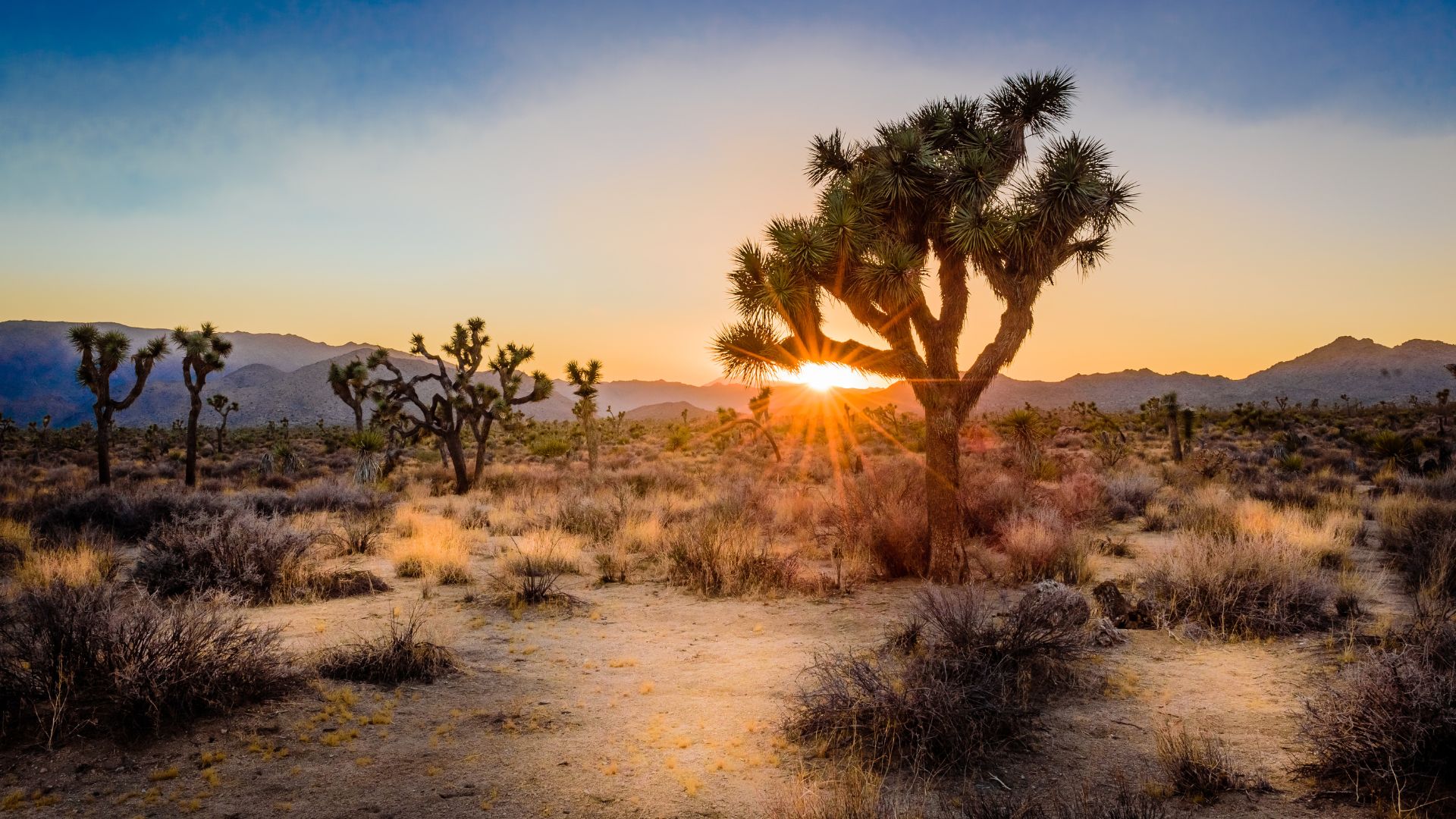
Is a Summer Visit to Joshua Tree National Park Possible?
You can visit Joshua Tree in the summer, but you’ll need to plan ahead to stay safe and comfortable. The extreme heat, thinner crowds, and the whole desert vibe make summer a different kind of trip.
What to Expect During Summer Months
Summer here (June through August) means temperatures often shoot past 100°F (38°C) by midday. The sun feels almost punishing, and there’s not much shade.
Even a short walk or just sitting at a viewpoint can leave you wiped out fast.
Here’s what you’re up against in summer:
- Daytime highs: 90–110°F (32–43°C)
- Nighttime lows: 65–75°F (18–24°C)
- Low humidity
- Barely any cloud cover
Water’s basically nonexistent in the park, so I always overpack it. Most visitor centers stay open, but sometimes close early if it’s too hot.
Desert plants and animals switch up their routines too—mostly coming out at dawn, dusk, or after dark.

Comparing Joshua Tree’s Summer to Other Seasons
Honestly, the best time to visit is October through April, when the weather’s way more forgiving. Spring (March to May) draws crowds for wildflowers and perfect hiking temps, usually between 70–85°F (21–29°C).
Fall (September to November) cools down and feels less hectic. Winter nights can get cold—sometimes below freezing—but the days are still easier than summer.
In summer, though, the heat can really shut down your plans. Most hikes are only doable at sunrise or sunset.
Here’s a quick season breakdown:
| Season | Daytime Highs | Best For | Crowds |
|---|---|---|---|
| Spring (Mar–May) | 70–85°F (21–29°C) | Wildflowers, hiking | High |
| Summer (Jun–Aug) | 90–110°F (32–43°C) | Stargazing, solitude | Low |
| Fall (Sep–Nov) | 75–90°F (24–32°C) | Climbing, hiking | Medium |
| Winter (Dec–Feb) | 60–70°F (16–21°C) | Camping, sightseeing | Low |

Weighing the Pros and Cons of Visiting in the Heat
Summer has its upsides and downsides. On the plus side: you’ll have the park almost to yourself, parking’s a breeze, and the stargazing is unreal thanks to clear, dry skies.
I really dig the peace and quiet—just need to avoid the hottest hours.
But the cons? They’re serious:
- Heat-related illness is a real threat (heat stroke, dehydration)
- You’ve got to hike early or super late
- Most animals and plants hide from the sun
- Some park services scale back or just aren’t as fun
- Long hikes or climbing midday? Forget it
If I go, I keep my plans short, sip water constantly, slather on sunscreen, and always know how to bail if things go sideways.
Essential Safety Tips for Braving the Summer Heat
Staying safe in Joshua Tree’s summer heat means knowing what you’re up against, packing more water and food than you think you’ll need, and shielding your skin from the sun. I always pay attention to weather alerts and keep an eye out for sudden storms.
Understanding Heat Risks: Dehydration, Heat Exhaustion, and Heat Stroke
Dehydration sneaks up fast in this dry, hot air. My mouth gets dry, I feel wiped out, or even a little dizzy if I haven’t been drinking enough.
Heat exhaustion shows up as heavy sweating, feeling weak, a headache, or sometimes nausea.
If heat exhaustion goes unchecked, it can turn into heat stroke. That’s when confusion sets in, body temperature spikes, and skin can feel either hot and dry or sweaty.
Heat stroke is a real emergency—don’t mess around if you see those signs.
Here’s a quick table for reference:
| Condition | Key Signs | What to Do |
|---|---|---|
| Dehydration | Thirst, dry mouth, dizziness | Drink water, rest |
| Heat Exhaustion | Heavy sweat, weakness, headache | Move to shade, cool down |
| Heat Stroke | Confusion, no sweat, high fever | Call 911, cool immediately |
Prevention is everything out here.
Staying Hydrated: Water, Snacks, and Electrolyte Balance
I never head out without at least a gallon (about 4 liters) of water per person, per day. Sipping often works better than chugging.
Salty snacks, nuts, and fruit help me keep my energy up and replace what I sweat out.
When it’s really hot, I throw in electrolyte tablets or sports drinks to keep things balanced. If I get a headache, cramps, or just feel off, I stop, rest, and drink more.
Hydration is my top priority—always.
Protection From the Elements: Sunscreen, UV Index, and Protective Clothing
The sun in Joshua Tree doesn’t mess around. Even on cloudy days, I can get burned.
I use broad-spectrum sunscreen, SPF 30 or higher, and reapply every couple hours. I make sure to cover spots like my neck, ears, and the backs of my hands.
Wide-brimmed hats, UV-blocking sunglasses, and loose, light-colored clothes are my go-to. The UV index is crazy high in summer, so I stick to early mornings or late afternoons for any hikes.
Covering up and using sunscreen really helps keep sunburn and heat sickness at bay.
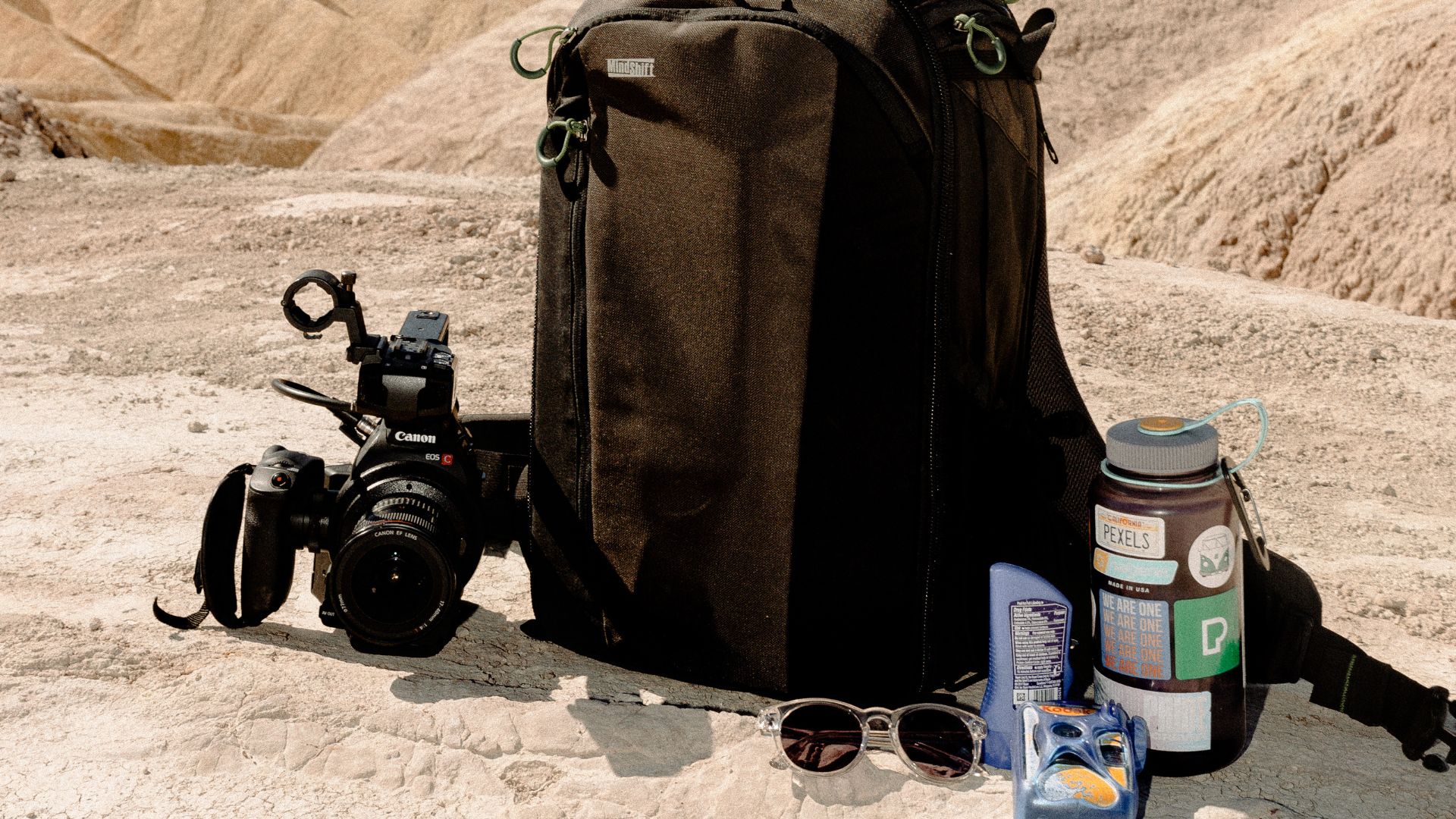
How to Prepare for Sudden Weather Changes and Flash Floods
Desert weather changes on a dime. I always check the forecast before heading out.
Thunderstorms can pop up out of nowhere in summer, bringing flash floods.
If there’s even a hint of storms, I avoid hiking in washes, canyons, or low spots. I watch the sky for dark clouds and listen for thunder.
At the first sign of rain, I head for higher ground fast.
Flash floods are no joke—they move fast and bring debris, so I never ignore weather warnings.
Planning Your Summer Adventure: Preparation and Logistics
Before my summer trip, I had to plan extra carefully. The heat forced me to rethink what to pack and where to find help or shade.
Navigating the Park: Park Map, GPS, and West Entrance Station
Joshua Tree is huge, and cell service drops out often. I always download the official park map to my phone and stash a paper copy in the car.
I usually start at the West Entrance Station, since it’s the busiest. The rangers there update me on road conditions, trail closures, or weather alerts.
My car’s GPS helps a little, but inside the park it’s hit or miss. Many roads are unpaved, and trailheads aren’t always obvious.
Having a map means I don’t miss favorites like Hidden Valley or Barker Dam. I also mark where the Cottonwood Visitor Center is, since it’s a solid info stop if I come in from the south.
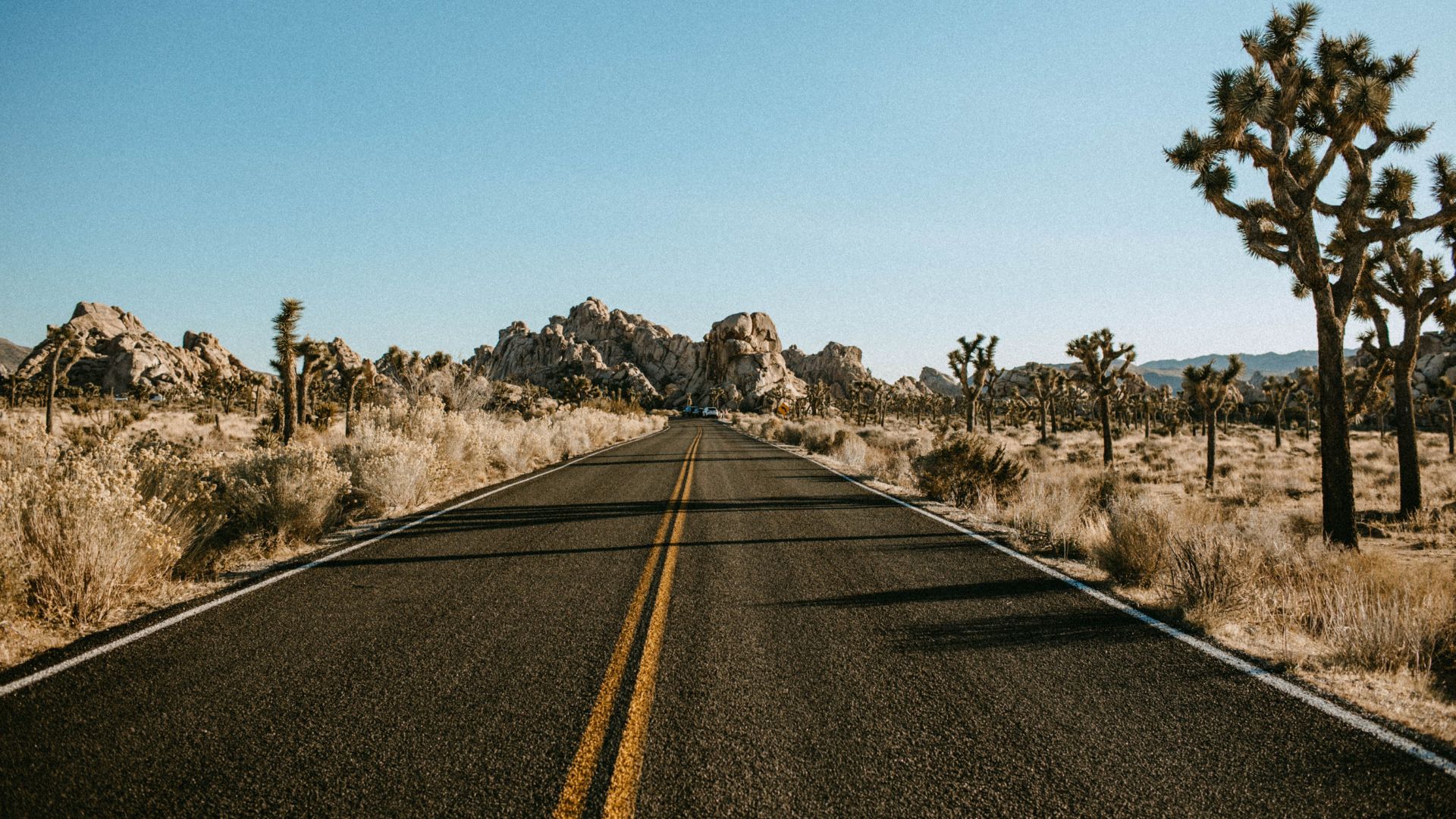
Parking Tips and Visitor Centers
Even in summer, parking at popular spots fills up fast. I try to get there early or come back in the evening to snag a spot.
Most trailheads have small lots. Here’s a quick look:
| Area | Parking Size |
|---|---|
| Hidden Valley | Medium |
| Barker Dam | Small |
| Ryan Mountain | Small |
| Cottonwood Visitor Center | Medium |
Visitor centers like Cottonwood or the Joshua Tree Visitor Center are my first stops. I grab safety tips, refill my water, and ask staff about trail conditions.
Packing Essentials for Hot Weather Travel
Packing right is a lifesaver in Joshua Tree’s summer. Extra water tops my list—at least a gallon per person, per day.
Light, skin-covering clothes, a wide-brim hat, and sunscreen are must-haves. I pick sturdy shoes for rocky trails and bring salty snacks to replace what I sweat out.
A cooler in my car with cold drinks and fruit helps keep me going. I bring a backup phone battery and a first-aid kit. For any road trip or outdoor adventure, I carry a flashlight and a printed emergency contact list—cell service can disappear in a heartbeat.
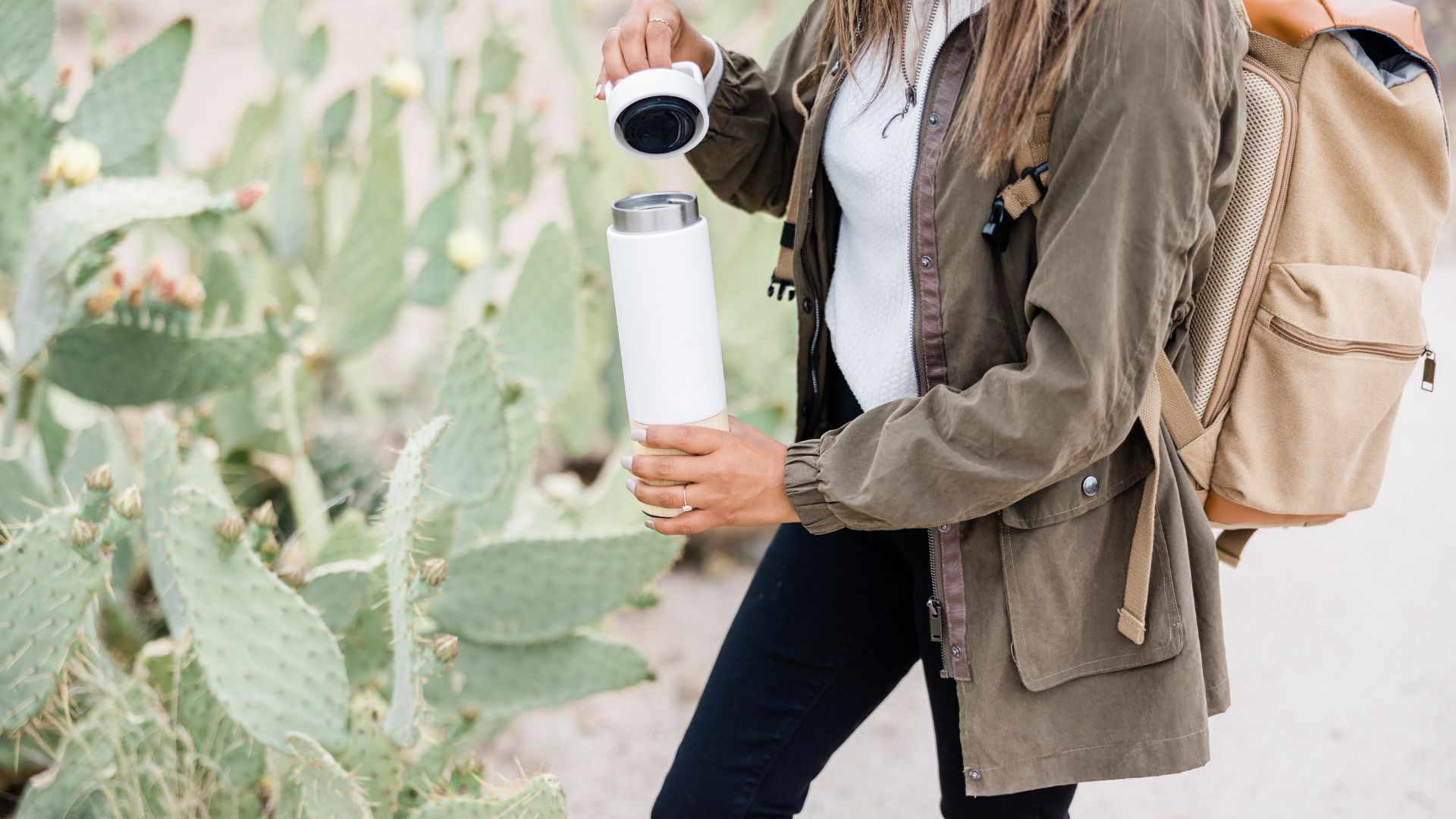
My Personal Experience: Exploring Joshua Tree in Peak Heat
Visiting Joshua Tree in summer took serious planning. The heat changes everything, and outdoor activities feel way different when it’s scorching.
Early Morning and Evening Outdoor Activities
I learned pretty quickly that midday is a terrible time to be outside. By noon, the temperature often pushed past 100°F.
I started early, just after sunrise, or waited until things cooled off near sunset. The morning light is soft and honestly, it makes the whole place look magical.
Wildlife is more active too, so the walks get interesting.
Short trails like the Hidden Valley Nature Trail and the area around Intersection Rock felt manageable early on. By late morning, I’d retreat to my car and crank the AC.
In the evenings, I liked driving to lookout points and watching the desert shift colors as the sun dropped.
Highlights: Hidden Valley, Keys View, and Cholla Cactus Garden
Hidden Valley was easy to reach, and the short loop has a bit of shade. I brought extra water and always wrapped up before 9 AM.
Keys View offers a sweeping desert panorama. I went just before sunset when the air cooled down. Up high, the breeze felt amazing and the view was sharp and clear.
Cholla Cactus Garden is unforgettable. I walked the short loop in the early morning when the cacti glowed gold. Closed shoes are a must—those spines are no joke.
Short, early walks at these spots made my trip feel safe and exciting, even in peak heat.
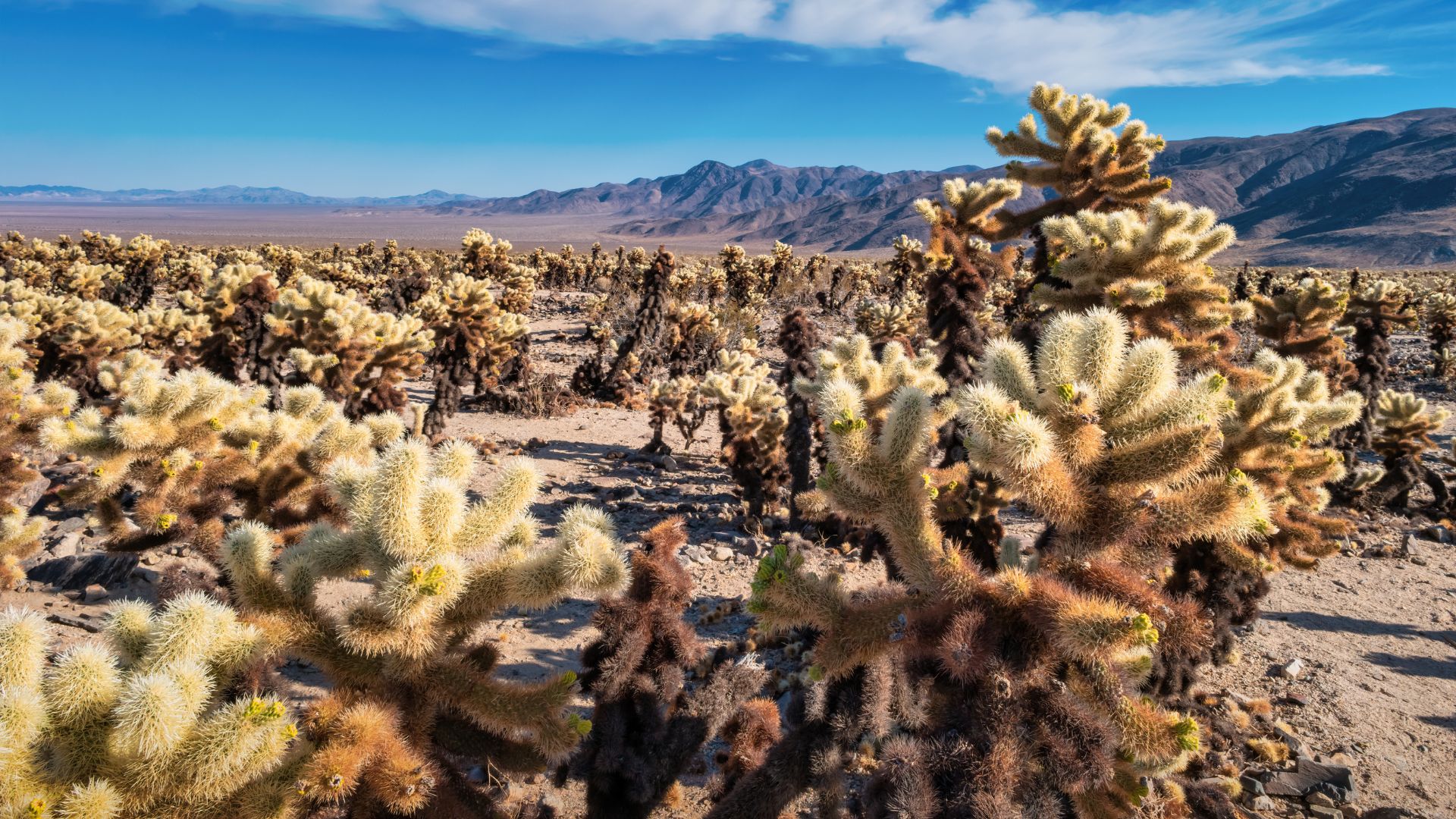
Hiking and Rock Climbing Safety During Summer
Hiking in summer meant planning every detail. I only picked trails under two miles and started at sunrise.
A wide-brim hat, lightweight clothes, and heavy sunscreen were my staples.
I carried at least a gallon of water for myself, since dehydration hits fast. I saw plenty of signs warning about heat illness and listened to my body, taking breaks when needed.
Rock climbing at Intersection Rock is popular, but climbers stick to shaded routes and avoid afternoons. The rocks heat up fast, so most climbing happens at first light.
I decided to skip climbing this time and save it for cooler weather.
Wildlife, Flora, and Environmental Hazards of Summer
On my summer visit, I noticed that animals and plants really adapt to the heat. There are also hidden dangers—bites and allergies—that every visitor should keep in mind.
Dangerous Wildlife: Rattlesnakes, Bees, and More
Joshua Tree is home to plenty of critters that get more active in the summer. I spotted a few rattlesnakes, mostly early or late in the day.
Rattlesnakes like to hide under rocks or in the shade, so I always watch my step and never reach blindly into crevices.
Bees and wasps buzz around more in hot weather, looking for water—even sweat. Since I have a mild bee allergy, I always carry my EpiPen.
Closed shoes and long, loose clothes help avoid bites and stings.
I also kept an eye out for scorpions, black widows, and coyotes. Most avoid people, but can get bold if water’s scarce or they feel threatened.
To stay safe, I give wildlife space and never leave food or trash behind.
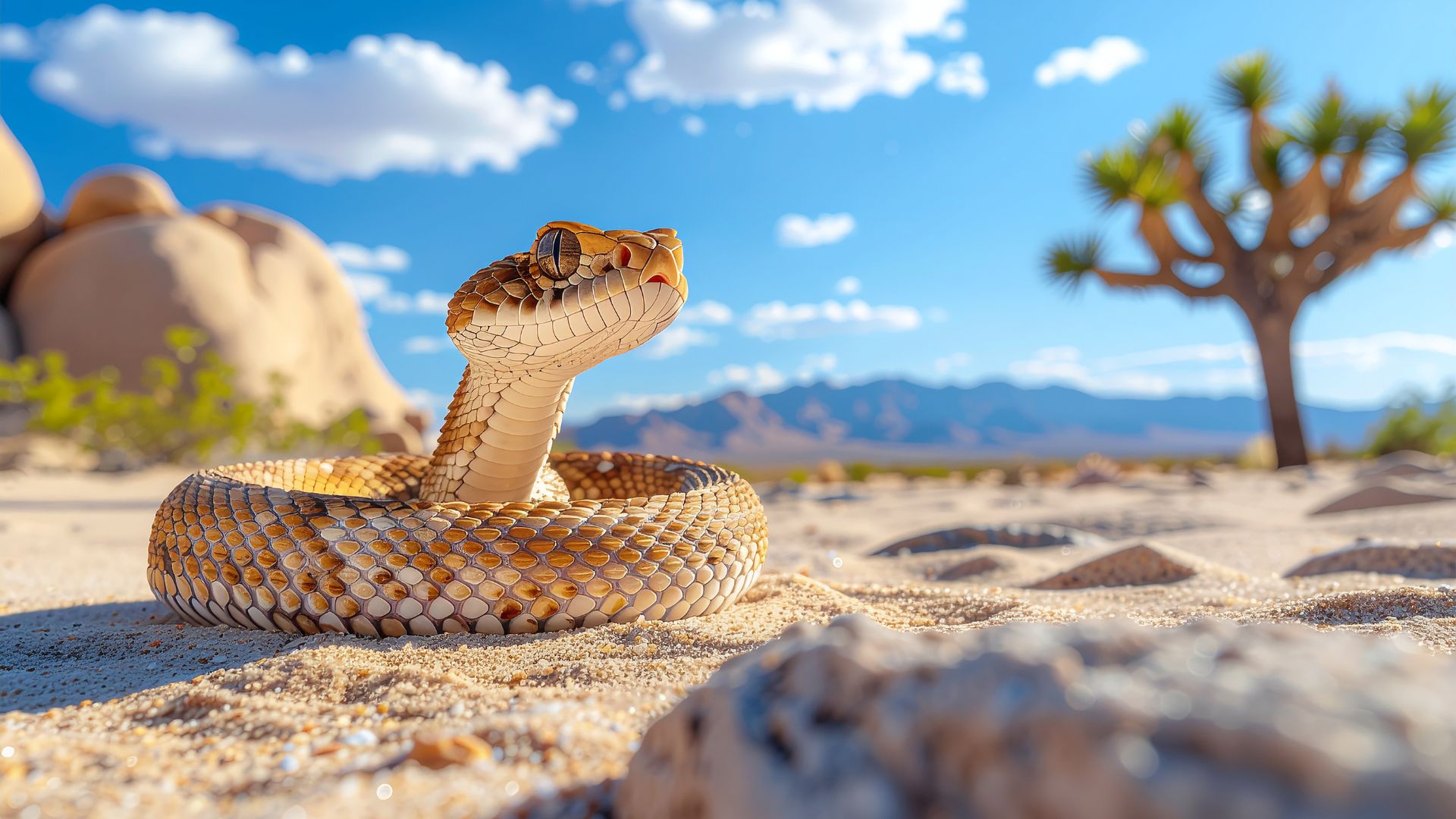
Unique Flora During the Hottest Months
Summer in Joshua Tree really shakes up the scenery. The famous Joshua trees and cacti stick around, but most wildflowers fade away by the time the heat sets in. These desert plants have tough leaves and spines that help them hold onto water.
On my last visit, I spotted some cholla cacti with fruit and a few Mojave yuccas showing off their dried-out blooms. The plants might look like they’re doing nothing, but underground, they’re working hard to grab any stray moisture. Shade is rare, so I’d sometimes duck behind a big Joshua tree just to escape the sun for a minute.
Most plants hunker down in survival mode during these months, so you won’t see much green. Still, it’s fascinating to watch how everything adapts. Sure, there aren’t many flowers, but the desert stays alive in its own quiet way.
How to Handle Common Allergies and Hazards
Allergies can sneak up on you in the desert, even in the summer. Dust and pollen from tough plants like creosote bush always seem to get in my nose and eyes. I pack allergy meds and eye drops, and honestly, they make a huge difference, especially on those windy afternoons.
If you’ve got bee allergies, it’s smart to steer clear of flowers and standing water. I always keep my EpiPen handy in a front pocket and stick to light-colored clothes—bees usually ignore those. Sealing up food tightly helps keep the bugs away too.
The sun out here doesn’t play around. I slather on high-SPF sunscreen and reapply every couple hours, especially on any skin that’s exposed. Hydration is key, so I drink water constantly, even before I feel thirsty.
Knowing how to handle these things makes the whole trip feel a lot safer and less stressful.
Making the Most of Your Summer Visit: Activities and Experiences
Even in the heat, Joshua Tree has a way of rewarding those who plan ahead. With a bit of strategy, you can still enjoy photography, hiking, and those amazing nighttime skies.
Photography Tips for High-Contrast Summer Landscapes
Snapping photos in Joshua Tree during summer gives you some wild, dramatic shots. The sunlight gets intense, so expect deep shadows and bright highlights. I find that early mornings and late evenings offer the best light. Details really pop, and the sky doesn’t get all washed out.
A polarizing filter helps cut down glare and makes the blue sky even richer. I always bring a tripod for steady shots, especially at sunrise or sunset. When I want to capture the Joshua trees, I try to keep the sun behind or to the side—those shapes just stand out more that way.
After midday, heat shimmer can mess with your photos. I avoid shooting during the harshest hours and stick to golden hour instead. Extra batteries are a must since the heat drains them fast, and I keep an eye on my gear so nothing overheats.
Safe Hiking Trails: Barker Dam, Hidden Valley, and Ryan Mountain
When it comes to hiking, shorter trails like Barker Dam Nature Trail and Hidden Valley Nature Trail are my go-tos. Both are easy to moderate, under 2 miles, and packed with cool rock formations and desert plants. I always hit the trail as early as possible to beat the worst of the heat.
Barker Dam is a quick hike with the bonus of spotting water, birds, and even some petroglyphs. Hidden Valley feels pretty comfortable in the early morning, and you can find some shade tucked between the boulders. Sturdy boots, at least two liters of water, and plenty of breaks are non-negotiable for me.
If I’m up for more of a challenge, I’ll tackle the Ryan Mountain Trail. It’s about 1,000 feet of elevation over 3 miles round-trip. That climb gets tough in the summer, so I start before sunrise to catch cooler air and peaceful views. Checking park alerts for closures or weather warnings is just part of my pre-hike routine.
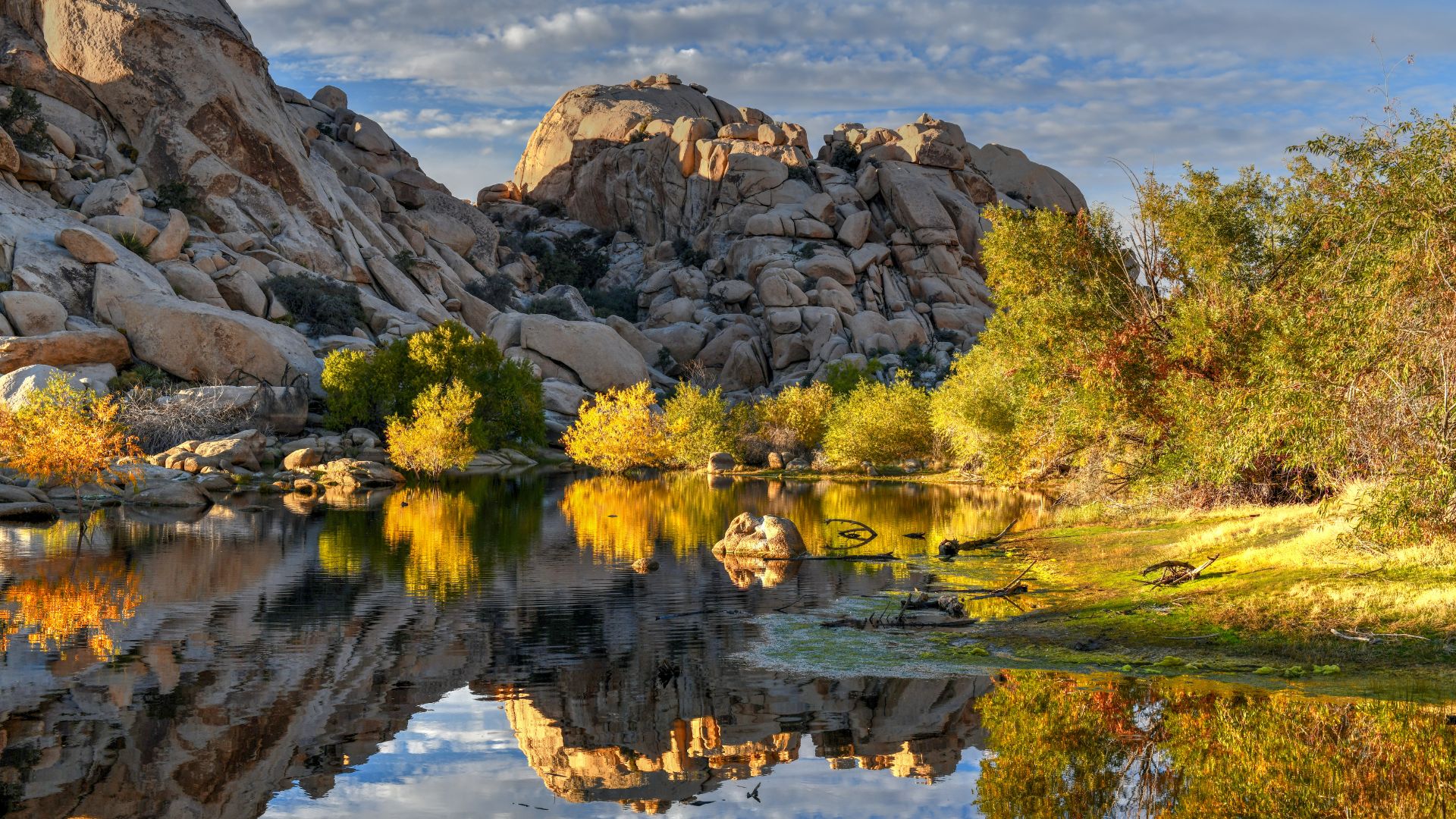
Stargazing and Nighttime Exploration
When night falls, Joshua Tree honestly turns magical. I’d argue it’s one of the best stargazing spots in Southern California.
The desert sky gets unbelievably clear, and since the park earned its International Dark Sky Park badge, the stars really pop. I always pack a flashlight with a red filter so I don’t mess up my night vision—or startle any critters.
If you want to catch the Milky Way, aim for a new moon. I usually wander out to open spaces, far from crowded parking lots, for the best views.
It gets chilly fast after sunset, even in summer, so I never forget a light jacket. You’d be surprised how quickly the temperature drops out here.
When I explore trails at night, I keep it simple and stick to short, familiar paths like Barker Dam. It just feels safer.
I walk quietly, eyes peeled for loose rocks or the occasional animal crossing my path. Honestly, stargazing feels way better—and safer—when you bring a friend along.
Before heading out, I always let someone know where I plan to be. That little habit brings some peace of mind, just in case.


